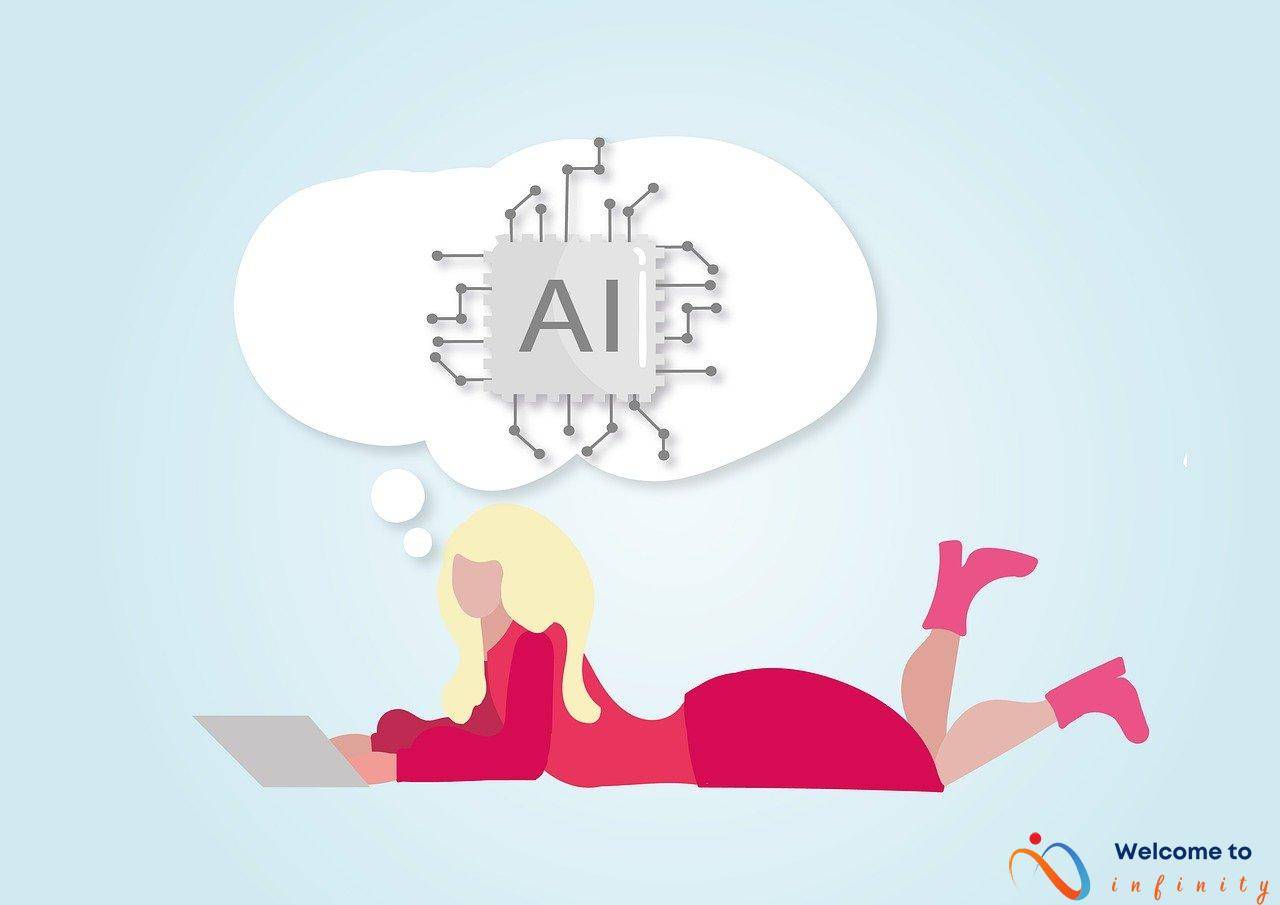In today's rapidly evolving digital age, it's essential to recognize user intent to provide personalized services and improve user experience. The ability to understand user intentions can help businesses deliver content that better resonates with their target audience while maximizing the value of their services. Whether it's optimizing website copy, creating chatbots, or powering voice assistants, intent recognition has become increasingly essential in the modern digital landscape.
There are various approaches to identifying user intent, ranging from simple rules-based systems to more sophisticated statistical models that use machine learning algorithms. A rule-based approach involves creating a set of rules that map user inputs to specific actions. This approach has some significant limitations and may require frequent updates to ensure it's accurate and effective. On the other hand, statistical approaches use machine learning algorithms to analyze and learn from user inputs and outputs, enabling them to handle more complex input and adapt to changes over time.
Applications of intent recognition include chatbots and virtual assistants, customer service, and e-commerce. For instance, chatbots and virtual assistants must understand user requests and provide relevant responses hence the need for accurate intent recognition systems. Similarly, in customer service, recognizing user intent helps agents to better assist users and provide swift resolutions, improving customer satisfaction. E-commerce platforms can also utilize intent recognition algorithms to offer personalized product recommendations and offers, enhancing the user's shopping experience.
What is Intent Recognition?
Intent recognition is a process by which computers can determine user intentions based on input like text, voice, or gestures. This technology is crucial for providing personalized services, increasing user satisfaction, and improving customer service interactions. By understanding the intent behind a user's input, computers can accurately respond with the most appropriate information or action.
For instance, a chatbot or virtual assistant that recognizes user intent can provide appropriate responses that accurately address the user's needs and queries. This can help users get their problems resolved quickly and efficiently, improving their overall experience.
Intent recognition involves analyzing user input and interpreting it in a meaningful way. This can be done through rule-based or statistical approaches. Rule-based approaches involve creating predefined rules or patterns that map user input to specific actions. But, this approach is limited in handling complex inputs and can be inflexible due to its reliance on predefined rules.
On the other hand, statistical approaches, such as machine learning algorithms, can learn from user inputs and outputs to infer intent. This approach is more effective in handling complex inputs and adapts to changes over time. As a result, it provides more accurate and personalized responses to users' needs.
In conclusion, intent recognition is an essential component of personalized services, chatbots or virtual assistant's responses, and improving customer satisfaction. Understanding user intentions can lead to better outcomes for businesses and their customers.
Types of Intent Recognition Approaches
Intent Recognition is an essential tool for any business that wants to improve its user experience. There are two types of approaches to Intent Recognition: rule-based approach and statistical approach. In this section, we will focus on the rule-based approach.
The rule-based approach requires creating a set of rules that maps user input to specific actions. This method involves using pre-defined templates and a fixed set of rules to interpret user input. This approach is best suited for handling simple inputs and straightforward tasks that follow a predictable pattern. It has limitations in handling complex inputs and may require frequent updates to cope with growing user demand and changing requirements.
Although the rule-based approach has its limitations, it is still useful in some applications such as customer service and technical support where dealing with simple queries is more prevalent. This approach can also be used in combination with other Intent Recognition approaches to ensure effective handling of complex user inputs.
However, with advancements in AI and machine learning, businesses are increasingly adopting the statistical approach to Intent Recognition. This approach is a promising solution to handle complex inputs and adapt to changes over time. The statistical approach uses machine learning algorithms to learn from user inputs and output data, enabling it to handle complex inputs and adapt to changes over time. We will explore the statistical approach further in the next section.
Statistical Approach
When it comes to intent recognition, one of the most effective approaches is the statistical approach, which uses machine learning algorithms to recognize user intent. This approach is highly adaptable and capable of handling complex inputs, making it an extremely valuable tool for businesses and organizations.
The statistical approach is based on the concept of machine learning, which involves training algorithms to learn from large amounts of data. In the case of intent recognition, these algorithms are trained on input and output data, allowing them to identify patterns and make accurate predictions about user intentions.
One of the key advantages of the statistical approach is its ability to adapt to changes over time. As new data is collected, the algorithms can be retrained to improve their accuracy and ensure that they continue to recognize user intent effectively.
Another advantage of this approach is its ability to handle complex inputs. Unlike the rule-based approach, which relies on a fixed set of rules to map user input to specific actions, the statistical approach can recognize patterns and make predictions based on a wide range of inputs.
Overall, the statistical approach is an effective and versatile way to recognize user intent. By using machine learning algorithms to learn from user input and output data, businesses can improve their services, provide better customer support, and deliver more personalized experiences to their users.
Applications of Intent Recognition
Intent recognition plays a critical role in chatbots and virtual assistants by helping them understand user requests and provide appropriate responses. With the rise of chatbots in various industries, including customer service, e-commerce, and healthcare, the importance of intent recognition cannot be overemphasized.
Chatbots and virtual assistants use natural language processing (NLP) and machine learning algorithms to identify user intentions and provide relevant information or services. They analyze the user's input, whether in the form of text or voice, to determine the intent behind the request. Based on the identified intent, they can then determine the appropriate response to give.
Intelligent chatbots and virtual assistants that use intent recognition can converse with users seamlessly, creating a more personalized experience. They are better able to handle complex requests and provide solutions to users' problems. This increases user satisfaction, improves engagement, and ultimately leads to increased efficiency in various industries that use chatbots as part of their operations.
The importance of intent recognition in chatbots and virtual assistants cannot be overemphasized, as it is one of the key factors that determine the success of these technologies. Businesses that use chatbots and virtual assistants that can accurately recognize user intent are likely to stay ahead of their competitors and enjoy higher customer retention rates.
Customer Service
Customer service is an essential aspect of any business that provides user support. When it comes to handling customer service requests, recognizing user intent is key to providing swift resolutions and improving customer satisfaction. By understanding what the user is trying to achieve based on their queries or messages, customer service agents can better assist the user.
Intent recognition helps to identify common issues that customers may face, such as billing inquiries or product defects. With this information, agents can quickly provide solutions, saving the user time and effort. Additionally, recognizing user intent helps agents to deliver personalized service that caters to the user's specific needs.
- Personalized Service: Intent recognition enables customer service agents to tailor responses to the user's specific needs. By recognizing what the user intends to achieve, agents can suggest products or services that are more relevant to the user's interests, providing a more personalized experience.
- Efficient Handling of Requests: By recognizing user intent, customer service agents can handle requests more effectively. Agents can use pre-designed templates or scripts to quickly respond to common issues, saving time and energy.
- Improved Customer Satisfaction: By providing personalized and efficient service, agents can improve customer satisfaction. Satisfied customers are more likely to return, provide referrals, and leave positive reviews, contributing to the growth and success of the business.
Overall, recognizing user intent is vital for providing efficient and effective customer service. With intent recognition, agents can personalize service, handle requests quickly, and increase customer satisfaction, contributing to the success of the business.
E-commerce
=By identifying user intent, e-commerce platforms can deliver personalized product recommendations and offers, improving the user's shopping experience.
One of the main challenges for e-commerce websites is to provide personalized recommendations that match the user's interests and preferences. With intent recognition technology, e-commerce platforms can gather data on user behavior and purchasing history to predict and suggest products that the user is most likely to purchase.
For example, imagine a user is searching for a pair of running shoes on an e-commerce platform. By analyzing previous searches or purchases, the platform can show the user related items such as running socks, shorts, or fitness trackers. This way, the user not only finds what they were looking for but also discovers new products that could be valuable for them.
Moreover, e-commerce sites can offer personalized deals or discounts based on user intent. For instance, if a user abandons their cart, they might receive a follow-up email with exclusive discounts on the products they were interested in. Or, if a user frequently purchases pet food, they might receive a personalized offer on pet care products.
Overall, by recognizing user intent, e-commerce platforms can provide a personalized and relevant shopping experience, increasing customer satisfaction, and retention. This approach can also enhance the overall performance of the platform by increasing sales and conversions, making it beneficial for both the user and the business.










